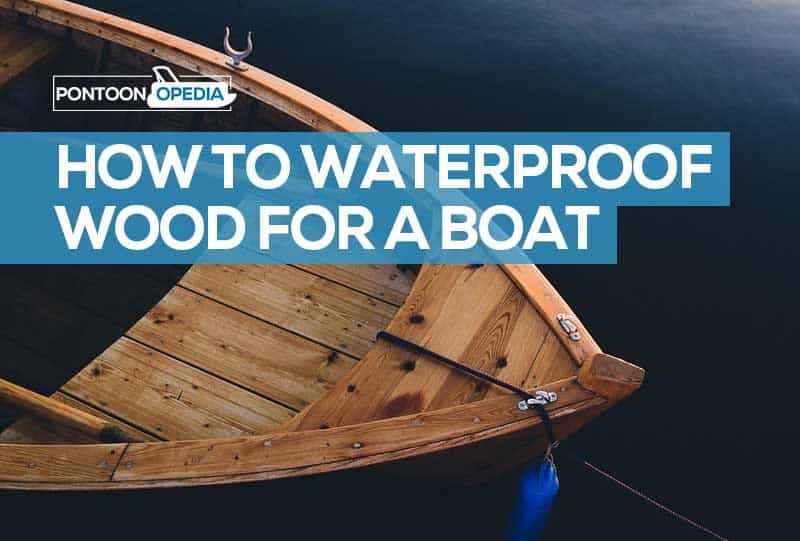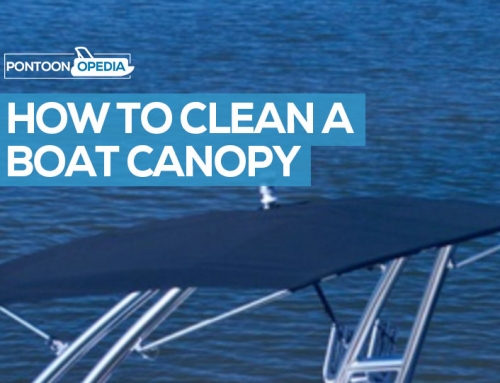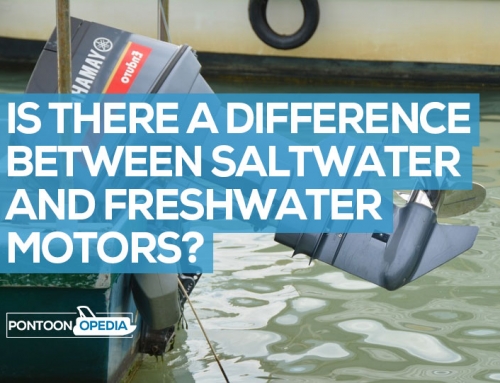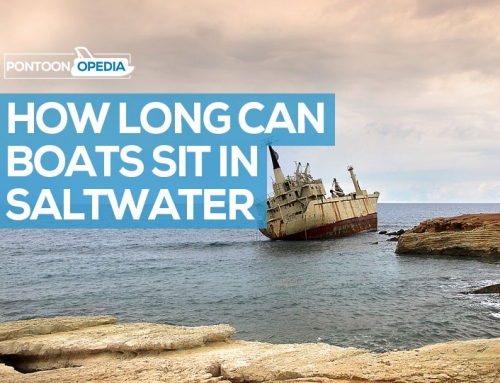Whether you are looking at building your own boat, or restoring an old one, it is important to know how to waterproof your wood properly. Imagine all your hard work going to waste, just because you didn’t take the appropriate steps to waterproof your wooden boat. There are wrong and right way to treat wood on a boat, and below you can see some tried and tested steps.
How to waterproof wood for a boat in 14 steps
Without further ado; this is how to make a wooden boat watertight in 14 simple to follow steps.
Things you will need:
- Sandpaper
- Sanding block
- Clean cloth
- Tack cloth
- Epoxy – view on Amazon
- Brush
- Acetone
- Paper towels
- Sanding block
- Container for epoxy
- Tarp
- Heat gun (or hair dryer) – view on Amazon
- Paint stick
1. Materials and supplies
Before you begin you need to ensure you have all the supplies and waterproofing materials you need. It is best to take the time to lay everything out and know where everything is. This can save you a lot of time instead of having to look for something every few minutes.
Don’t forget to ensure that the area you are doing this in can’t get damaged or stained – in other words, place a tarp down on the floor!
2. Clean the wood of debris
You need to make sure your boat’s wood is free from any potential contaminants such as oil, wax, grease or mold. To get it cleaned, wipe over all surfaces with acetone using a cloth or paper towel.
This has to be done prior to sanding so you don’t accidentally sand the contamination further into the surface. Remember to follow all necessary precautions when it comes to working with acetone. I recommend using safety gloves and a mask in a well-ventilated area.
3 Let the wood dry out
This is an important step to ensure that the epoxy bonds properly. You need the wood to be as dry as possible before applying the epoxy for proper adhesion.
If you need or want to speed up drying the wood you can use a heat gun, heat lamp, hair dryer or fans. If you are working outside watch out for condensation developing due to temperature change.
4. Sanding down and wood preparation
You now need to sand down the wood on your boat on both sides. This can take some time but it gets rid of any possible imperfections that could potentially cause issues later on. Use a sanding block make the whole process a lot easier.
For a really smooth finish you should start with a rougher grit and then work your way down to a finer grit such as an 80 grit.
Doing this prevents any deeper gorges or holes to be skipped over. When it comes to achieving an even sand you should work in a circular motion as it ensures you aren’t sanding one particular area too much creating an indent.
Go over all surface and don’t forget corners or edges either! You need to be certain that you remove any blistering, flaking or chalking.
5. Clean away any remaining dust
Grab your tack cloth and remove any dust or debris from sanding that is left on the wood.
If you don’t do this, you won’t get that sleek finish as any dust or contaminants left behind will be bonded to the surface. Not to mention you may end up having issues with rotting and a not so watertight vessel down the line.
6. Mix it the epoxy resin and hardener
Here is where you need to take your epoxy resin and hardener and mix it together. It is best to do this in a container you don’t kind throwing away afterwards. I recommend a product called East Coast – it comes with the epoxy and the hardener (view Amazon prices).
East Coast resin has one of the fastest curing times of any boat wood waterproofing resin I’ve ever seen. Depending on how many layers you apply, you could have it dried and cured inside of a 16 to 20 hour window.
Pour the epoxy resin and hardener into the container and stir carefully and slowly. You need to be sure you mix it thoroughly with a paint stick to combine properly.
7. Applying the epoxy resin
Take a minute to make sure you have everything you need in reaching distance. Start in the middle and work outwards using a brush. By using a brush you allow the bristles to get into every nook and cranny so there isn’t a section missing a coating.
You should always try to work from the wet to the dry by pulling the epoxy out to the dry areas. It is best to start with a thin coat.
Don’t forget to get the corners and edges thoroughly so everything is completely watertight!
8 Check for any epoxy runs
Remember to check for any areas where the epoxy has run.
You need to apply a consistent coat for optimum waterproofing of your boat’s wood.
9. Let the epoxy dry
Allow the epoxy coating to cure fully in a dust free room. A dust free room is important, otherwise you may get unwanted particles sticking to your epoxy.
Drying times can vary depending on conditions and the epoxy you have used. Consult the directions on your epoxy before you treat the wood on your boat.
In the past I’ve actually used a heat gun to help the epoxy dry quicker. I use this heat gun on Amazon and it’s helped me with multiple boat projects down the years, including removing boat decals.
10. Reapply a new layer
One coat of epoxy isn’t enough. A porous wood will actually absorb the epoxy which is a good thing as it prevents as pores becoming water channels and leading your vessel to rot.
It is advised you lightly sand down the previous layer of epoxy and get rid of any debris prior to reapplying. This ensures that you end up with an even and incredibly smooth coating. Repeat steps 5-7 at least 3 times to ensure that you have fully covered every inch and that there is a proper seal.
11. Finish with wipe down
Allow time for the epoxy to fully cure. It is best to let this occur out of the sun as epoxy isn’t UV resistant. Once the epoxy has cured, clean the surface in case there is any contamination due to your wood sitting.
After you have cleaned the surface and it is dry, you need to use a solvent ie acetone to remove the wax coating that epoxy produces during its curing process. Remember to wipe down the whole surface area.
12. Sanding stage 2 to remove shine
Start with a 100 grit and work your way down to a 150 -220 grit. Use a light hand when sanding corners and edges down to avoid accidentally going through your epoxy layers. Your aim is to just remove the shine from the epoxy.
This shiny coating causes water to bead thus preventing the paint from adhering to the epoxy properly.
13. Clean and dust again
You need to again remove any dust again by wiping down the surface with a cloth again. It is also best to do another solvent wash to ensure that there is no possible contamination present.
From here on out it is best to wear a set of gloves that you have wiped over with solvent. This is to prevent you from potentially transferring oils and contaminants to the surface.
14. Paint to finish
This is where you can get a little creative and show your flare. It is best to pick a design and plan it out prior to this so you can avoid any potential issues. You need to apply approximately 4 coats of paint to protect the epoxy from UV and ensure you have a solid colour.
Allow the paint to dry between coats for a smooth finish. Remember not to let any runs dry, wipe them up as soon as you notice them to avoid having to sand it back or leave the run mark.
And that’s it. That’s the exact same process I used to waterproof the wood on an old Jon boat with great results. I hope it works for you too!
Here’s some more advice…
Picking the wood
When it comes to building or restoring and waterproofing a wooden boat it’s important to make things a little easier on yourself. One effective way of doing this is by picking the appropriate wood to begin with.
Ideally, you should use a marine plywood as they have been made with the conditions and hurdles it will be put through. Marine plywood is up to 10 layers thick, whereas regular plywood is only 3-5 layers. Not only that but the glue that is used to bond the layers together is different to ensure it is waterproof.
Waterproofing marine plywood further ensures its longevity.
Picking the right wood waterproofing epoxy
The epoxy is an extremely important aspect of waterproofing your wood boat. There is a wide range of epoxy systems for boats that provide you with various outcomes. Just remember that you need everything to be compatible with each other so you don’t get any issues.
Epoxy systems that are meant for wooden boats will often use the WEST system. The wood epoxy saturation technique system allows the wood to absorb the epoxy into the pores and grain. This essentially creates a barrier.
A marine epoxy is your ideal choice as it doesn’t generally contain organic solvents or thinners. You need to avoid organic solvents or thinners (described as epoxy high solids) as the organic molecules are larger than water molecules.
So, once the organic molecules evaporate from the epoxy it can little microscopic tunnels that allow water molecules to seep through rendering your whole waterproofing process useless.
The last word…
Overall, waterproofing wood for a boat isn’t a complex process is just takes time and patience. As long as you have the know-how and the time you can get a pristine finish that is waterproof and is sure to last you a long time.
If you find this guide on how to waterproof wood for a boat helpful, please pay it back by sharing on your social media channels.








